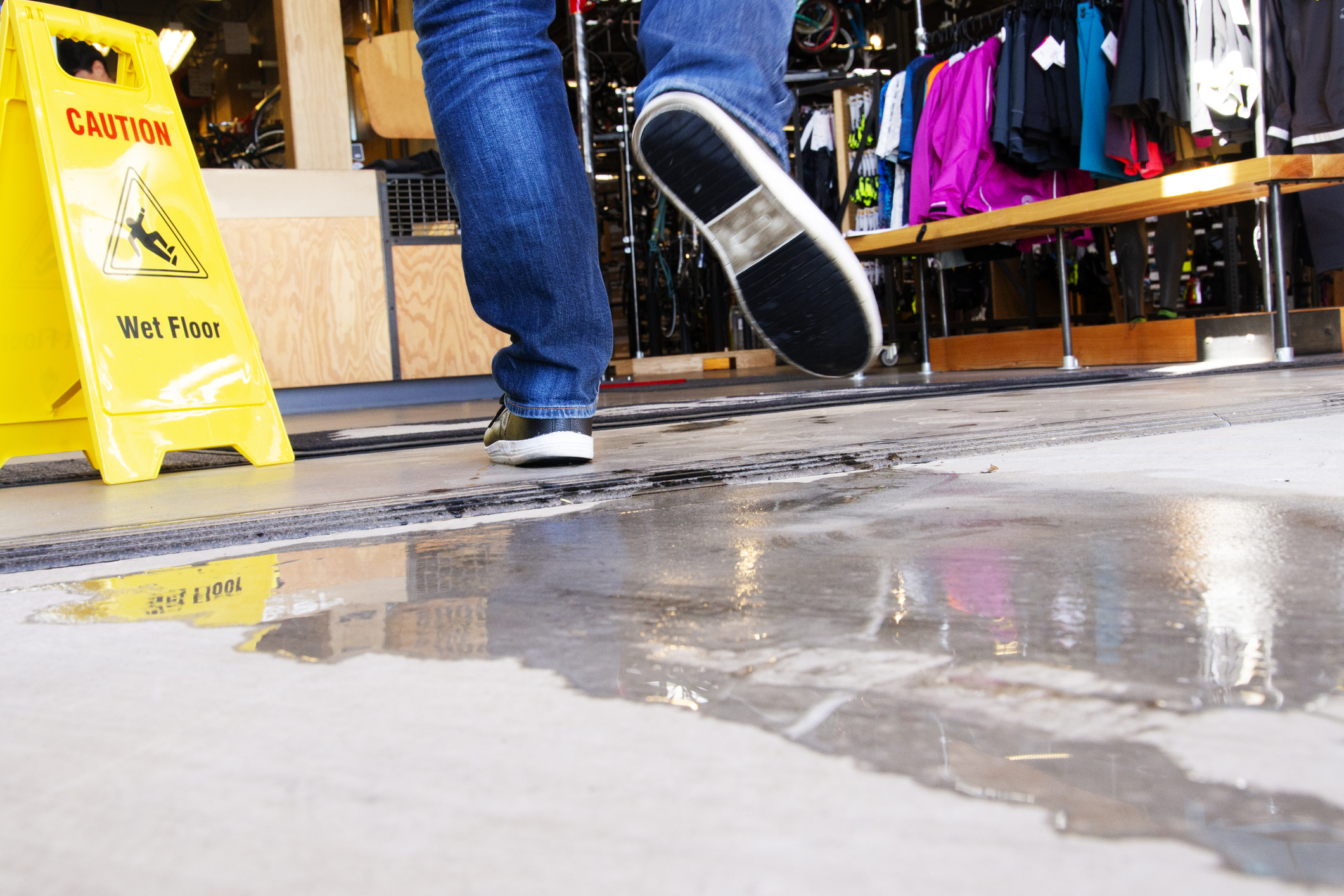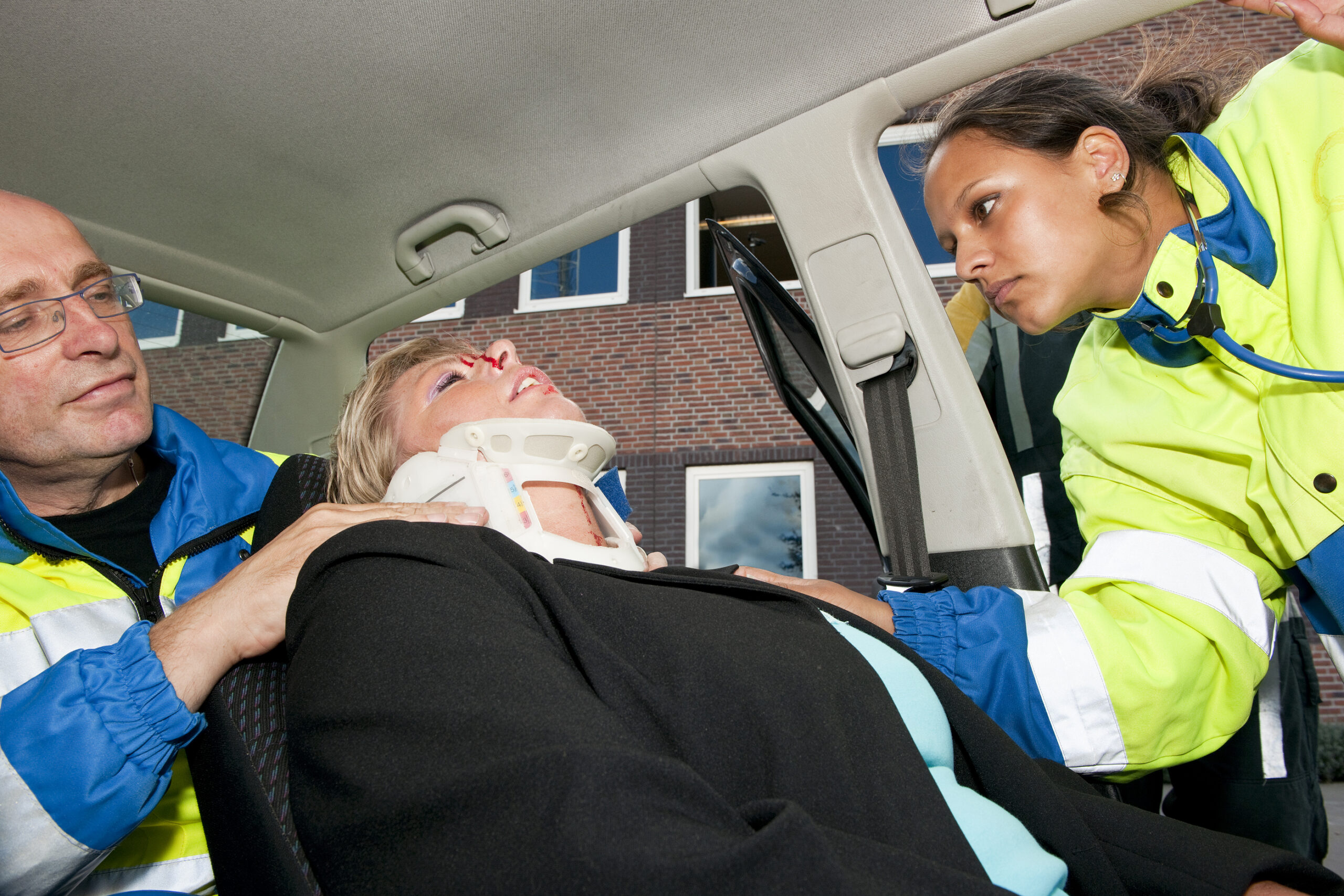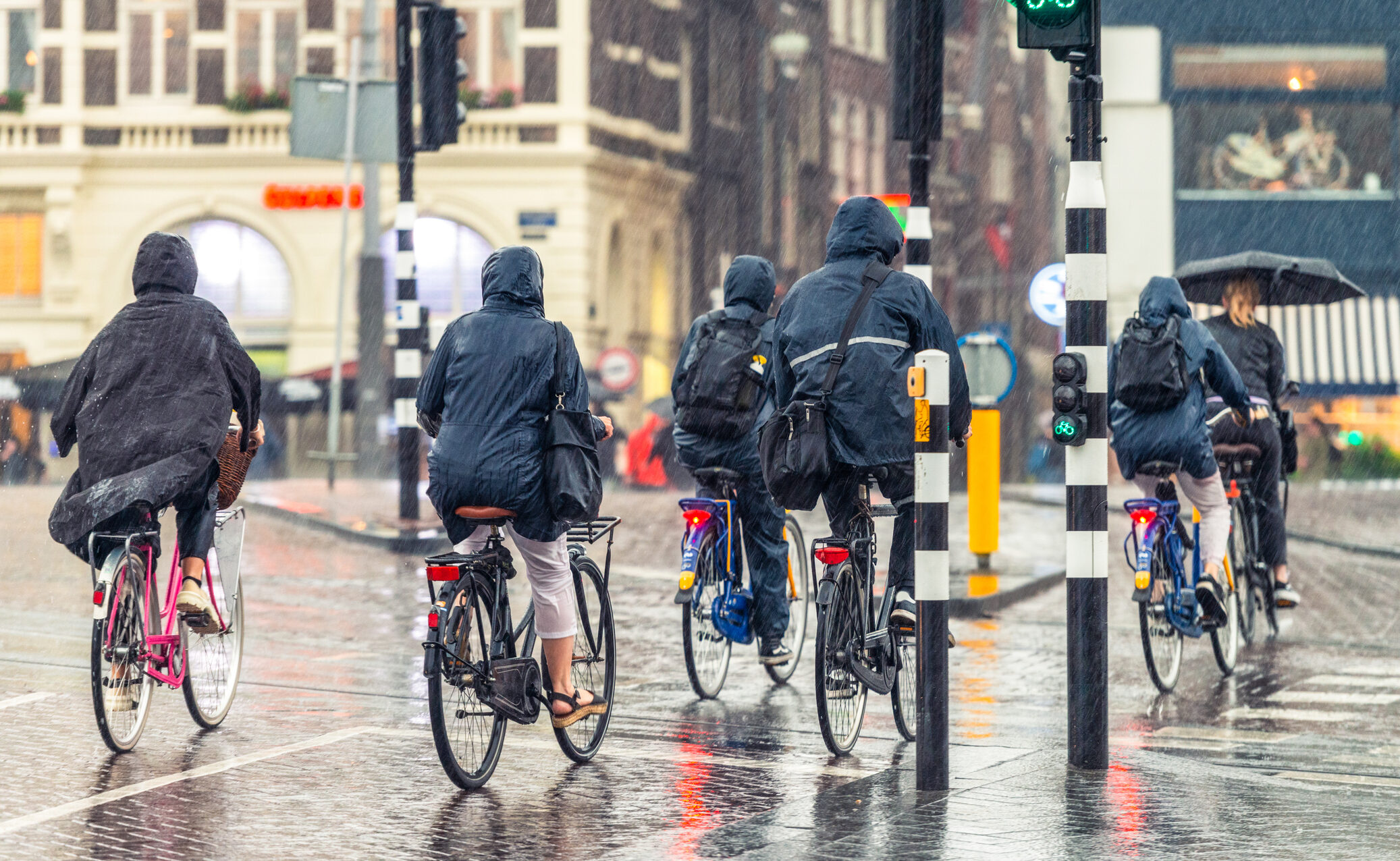What are Property Owners Responsible For?
According to Florida state law, property owners must take precautions against slips and falls caused by a transitory foreign substance. This includes rain, ice, and other debris. Florida property owners are responsible for remedying these hazards or notifying visitors that the condition exists. This statute holds a property owner liable for injury if:
- The dangerous condition existed for such a length of time that it should have been noticed and fixed.
- The dangerous condition occurred so frequently that a property manager or caretaker should have taken measures to remedy the situation.
What are Examples of Indoor Weather Hazards?
Weather does not just affect outdoor environments and may still pose a threat to visitors indoors. Heavy wind and rainfall can significantly impact internal structures that have not been properly cared for or maintained. The following interior areas are especially prone to negative effects of poor weather conditions:
- Floors: Property owners should maintain walking surfaces that are free of moisture, debris, and other tripping hazards. Wet surfaces may drastically increase the risk of accidents.
- Stairs: Wet stairs may pose as particularly dangerous to users. Accidents that result in falling down a flight of stairs or tripping forward while ascending are likely to cause significant injuries.
- Escalators and elevators: Property owners are responsible for maintaining these devices and ensuring that they are in proper working order and free of moisture or debris.
What are Examples of Outdoor Weather Hazards?
Property owners have a responsibility to maintain vigilance regarding certain hazards, particularly after a significant weather event such as heavy rainfall. Outdoor areas that are prone to danger following significant weather include:
- Potholes: Puddles forming inside potholes can obscure depth and contribute to accidents and injury.
- Slick sidewalks: Slips and falls that occur on a slick sidewalk may result in a liable government entity. Signs should be placed alerting pedestrians of all slick surfaces.
- Entrance to a building: Carpeting or mats should be used if a building entrance becomes unsafe due to adverse weather conditions
How is Fault Determined for Slip and Fall Injuries?
Fault is determined based on the legal theory of negligence. To establish negligence, an injured party must prove the following four elements:
- Duty of care: Property owners and businesses are legally obligated to uphold a reasonable level of expected safety to all patrons and visitors. For example, a store is responsible for maintaining walkways that are free of trip hazards.
- Breach of duty of care: An injured party must demonstrate that the property owner failed to uphold their duty of care. An example of a breach of duty would be if a store owner failed to fix a leaky roof or cordon off a wet walkway.
- Causation: An injured party must prove that the breach of duty of care is directly responsible for all sustained injuries and that without the breach of duty, the injury would not have occurred.
- Damages: Medical bills, invoices, billing statements, and receipts can demonstrate that the slip and fall resulted in economic loss to the injured party.
What is Comparative Negligence?
The State of Florida has instated a system under which an injured party can recover compensation even if he or she is partially responsible for the accident. Under this system of comparative negligence, recovered damages are reduced by the percentage that the injured party is found to be at fault.
For example, if an injured person is found to be 25% at fault for a slip and fall accident and is awarded $100,000, then the damages would be reduced by 25%, and the injured party would only receive $75,000.
Under this rule, damages are recoverable as long as the injured party’s fault does not exceed 50%. If a court finds that an injured party is 50% or more at fault, then no damages will be awarded.
What Evidence is Used to Prove Negligence?
Gathering and preserving evidence following a slip and fall is crucial for a successful claim. Evidence detailing the circumstances of the accident may include:
- Photographs of the accident scene detailing the conditions and the offending hazard
- Accident reports stating when the property manager was notified of the injury
- Witness statements of any individuals who were in the vicinity at the time of the accident
- Surveillance camera footage capturing the accident
- Medical records detailing the mechanism and severity of the injury
What Types of Compensation May Be Recovered?
Victims of slip and fall accidents may be entitled to compensation if their injuries were the result of a negligent property owner. Recovered compensation is dependent on the severity of the injury sustained and other circumstances surrounding each individual case. Examples of recoverable compensation include but are not limited to the following:
- Medical expenses to date
- Future medical expenses
- Lost wages
- Diminished earning capacity
- Pain and suffering
- Property damage
- Loss of consortium
- Legal fees
Do I Need an Attorney?
If you or a loved one has been injured in a slip-and-fall accident and believes it was the result of someone else’s negligence, you do not have to carry this burden alone. Call Gonz Law Group today at 888-GONZ-411 or fill out a contact form for a free consultation.



